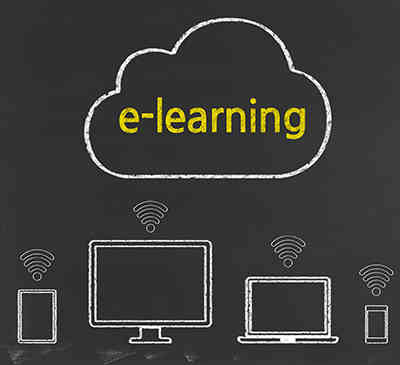Technavio analysts have narrowed down the top trends expected to impact the corporate e-learning market over the projected period.
Top Corporate e-learning trends
1. Emergence of cloud-based m-learning solutions

Cloud is a key trend is most markets these days, because of advantages like high-density hosting servers, high storage capacity, ease of accessibility, and high availability of online data.
In this vein, cloud-based mobile learning, or m-learning, will be a sought-after service over the forecast period. On the employee side of things, m-learning offers convenient and flexible learning through and their mobile device, while employers enjoy enhanced business productivity at lower cost.
2. Deployment of learning analytics

Adoption of e-learning in workplaces is not limited to just delivering training and content to employees. It produces large amounts of data, including employee feedback, types of courses undertaken, and difficulties faced in understanding the training material. Organizations can extract and analyze this data with the help of learning analytics tools to determine the efficacy of e-learning courses.
For instance, data on the time spent by the learner on a particular page, external links referred, the number of times specific courses were accessed help generate insights about courses and the progress of the learner.
3. Rise in social learning

Organizations are increasingly incorporating social media platforms such as Facebook, Twitter, and LinkedIn into their learning environments.
In a competitive environment, employees are more likely to engage in social learning methods to deal with work-related problems as they occur. Social learning helps them create a network of knowledgeable people around the world to make informed decisions and solve complex problems while giving them more control over their learning process.
4. Introduction of gamification in e-learning

Gamification is the use of game mechanics and design techniques—things like badges, leader boards, activity feeds, real-time feedback, trophy cases, virtual currency, avatars, and mini games—in a non-gaming context. It is a powerful tool used to engage employees, help change employee behavior, develop skills, and drive innovation, since it tends to make e-learning more interactive and stimulating.



